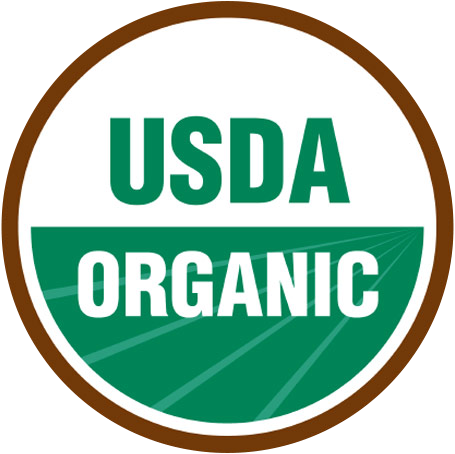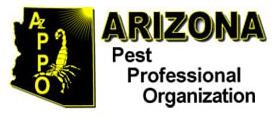ORGANIC INTEGRATED PEST MANAGEMENT PROGRAM
To maintain organic food standards in our pest management practices, Assured Audit Pest Prevention focuses on inspection, sanitation, structural maintenance, and mechanical control measures to minimize pest activity. Pesticides approved for use in organic food-producing facilities may be applied only when warranted, on a very limited, last-resort basis. When pesticide materials are applied, Assured Audit Pest Prevention ensures compliance with the National Organic Program (NOP), adhering to product labeling and pesticide regulations.
The Pest Management Protocol below is based on the National Organic Program (NOP) and NOP Standards. Assured Audit Pest Prevention uses this outline as an essential guide for the prevention and control of pests in organic facilities.
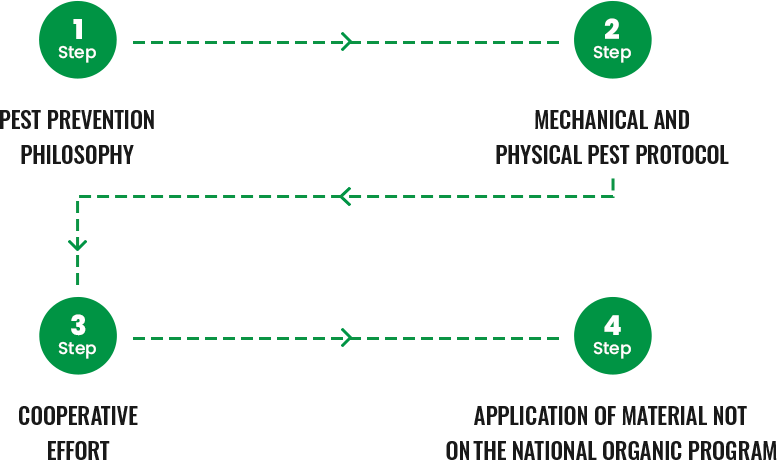

PEST PREVENTION PHILOSOPHY:
Inspect and make recommendations on environmental factors that help minimize pest entry, such as installing appropriate exterior lighting, controlling humidity, and maintaining positive indoor air pressure.
Identify and report structural deficiencies that may allow pest entry and/or promote pest development and distribution.
Maintain a focus on interior and exterior housekeeping efforts to prevent pest harborage, specifically by addressing spillage, refuse, and other debris that may contribute to pest activity.

MECHANICAL AND PHYSICAL
PEST PROTOCOL:
Physical Pest Removal: Vacuuming is the preferred method of removing dead insects and pest debris such as webbing, frass, droppings and cast skins from floors, walls, and equipment.
Mechanical Pest Removal: Install and maintain mechanical trapping devices for rodent and insect control to minimize the need of pesticide application. Examples include snap traps, multiple-catch mouse traps, insect light traps, and sticky traps (rodent/insect glue boards).
Lures and Repellents: Monitoring the activity of certain pests can be accomplished with the installation of specific pheromone lures and insect monitors. Based on inspection findings and previous problems, Assured Audit Pest Prevention may recommend continuous use of monitors for certain pest activity, such as stored product and pantry pests, or to help pinpoint areas and products that may have become infested. Exterior bird repellents and physical exclusion devices may also be recommended to keep birds away.
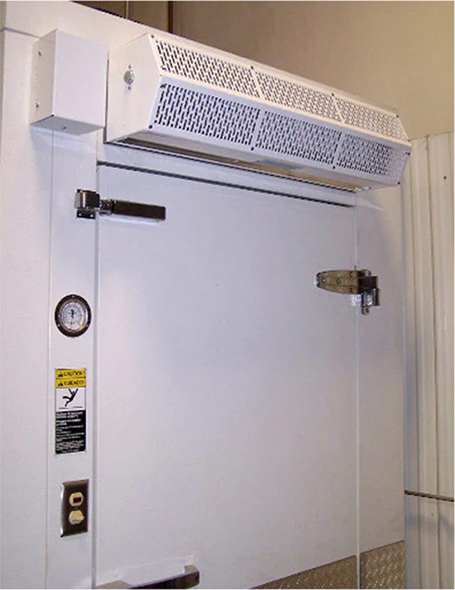
Temperature Control: Monitoring the activity of certain pests can be accomplished with the installation of specific pheromone lures and insect monitors. Based on inspection findings and previous problems, Assured Audit Pest Prevention may recommend continuous use of monitors for certain pest activity, such as stored product or pantry pests, or to help pinpoint areas and products that may have become infested. Exterior bird repellents and physical exclusion devices may also be recommended to exclude birds.

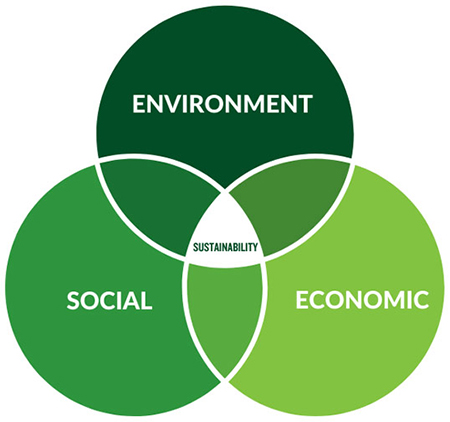
COOPERATIVE EFFORT:
If "first-line" defense efforts (as described above) prove insufficient to control pests, limited pesticide application may be considered.
Materials of choice include pyrethrum, boric acid, essential plant oils, desiccant dust, and vitamin D for rodent control.
Assured Audit Pest Prevention will ensure that any material applied in this step is authorized for use on the “List of Allowed and Prohibited Substances” published in the OMRI list of NOP-approved materials and complies with the recommendations of the USDA-approved certifying agency.

APPLICATION OF MATERIAL NOT ON THE NATIONAL ORGANIC PROGRAM
If satisfactory control of a pest infestation cannot be achieved through prevention, mechanical control, or the use of approved materials, Assured Audit Pest Prevention may recommend the use of materials not listed on the National List of Allowed Substances to treat the affected area.
If this final control method becomes necessary, Assured Audit Pest Prevention will outline the recommended procedure in advance and follow specific steps during treatment to ensure that no organic product comes into contact with the material used.
